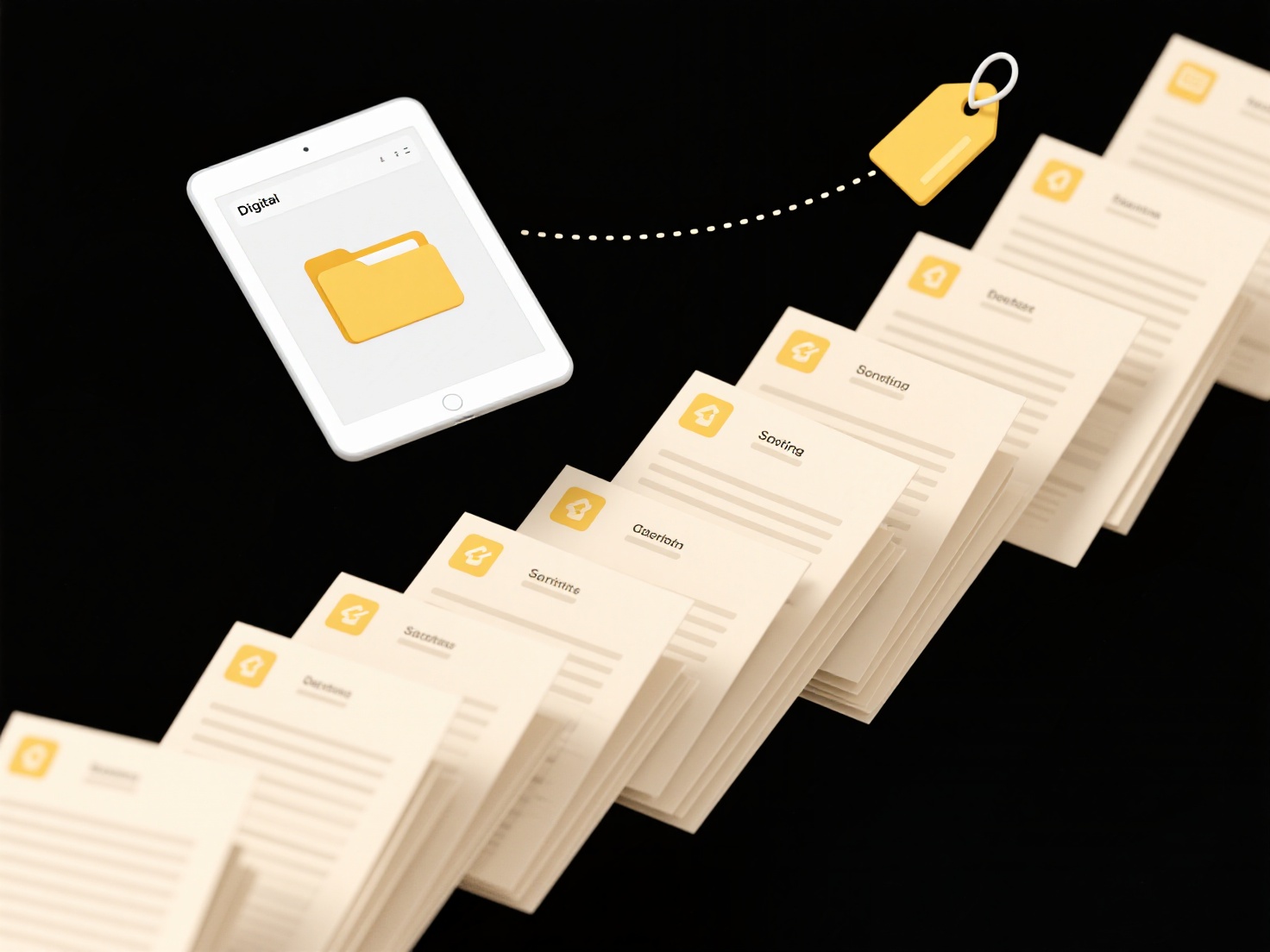
PowerShell is a scripting language and command-line shell for Windows that allows you to automate system tasks, including renaming files. You can rename files using cmdlets like Rename-Item, which changes the name of a single file, or scripts that process batches of files. Unlike manually renaming each file in File Explorer, PowerShell enables bulk renaming based on patterns, conditions, or generated names through automation.

For example, an administrator could use Get-ChildItem | Rename-Item -NewName {$_.Name -replace 'oldtext','newtext'} to replace text in all filenames within a folder. Another common use is adding date prefixes to log files for organization using a script like Get-ChildItem *.log | Rename-Item -NewName { (Get-Date -Format "yyyyMMdd_") + $_.Name }.
The key advantage is efficiency in handling large-scale renaming across servers or directories. However, incorrect scripts can inadvertently rename wrong files or cause data loss, requiring careful testing. As PowerShell evolves with modules like Microsoft.PowerShell.Move, future integrations might simplify complex renaming logic. While potent, users should back up files before bulk operations and understand basic scripting syntax.
Can I use PowerShell to rename files?
PowerShell is a scripting language and command-line shell for Windows that allows you to automate system tasks, including renaming files. You can rename files using cmdlets like Rename-Item, which changes the name of a single file, or scripts that process batches of files. Unlike manually renaming each file in File Explorer, PowerShell enables bulk renaming based on patterns, conditions, or generated names through automation.

For example, an administrator could use Get-ChildItem | Rename-Item -NewName {$_.Name -replace 'oldtext','newtext'} to replace text in all filenames within a folder. Another common use is adding date prefixes to log files for organization using a script like Get-ChildItem *.log | Rename-Item -NewName { (Get-Date -Format "yyyyMMdd_") + $_.Name }.
The key advantage is efficiency in handling large-scale renaming across servers or directories. However, incorrect scripts can inadvertently rename wrong files or cause data loss, requiring careful testing. As PowerShell evolves with modules like Microsoft.PowerShell.Move, future integrations might simplify complex renaming logic. While potent, users should back up files before bulk operations and understand basic scripting syntax.
Quick Article Links
Can I block cloud sync on public networks?
Cloud sync automatically copies files between your device and remote servers via the internet. On public networks (like ...
Why does my firewall prevent files from opening?
A firewall is a security system designed to monitor and control incoming and outgoing network traffic based on predeterm...
Why are files from email not opening?
Email attachments may fail to open primarily due to incompatible file formats, security restrictions, or file corruption...